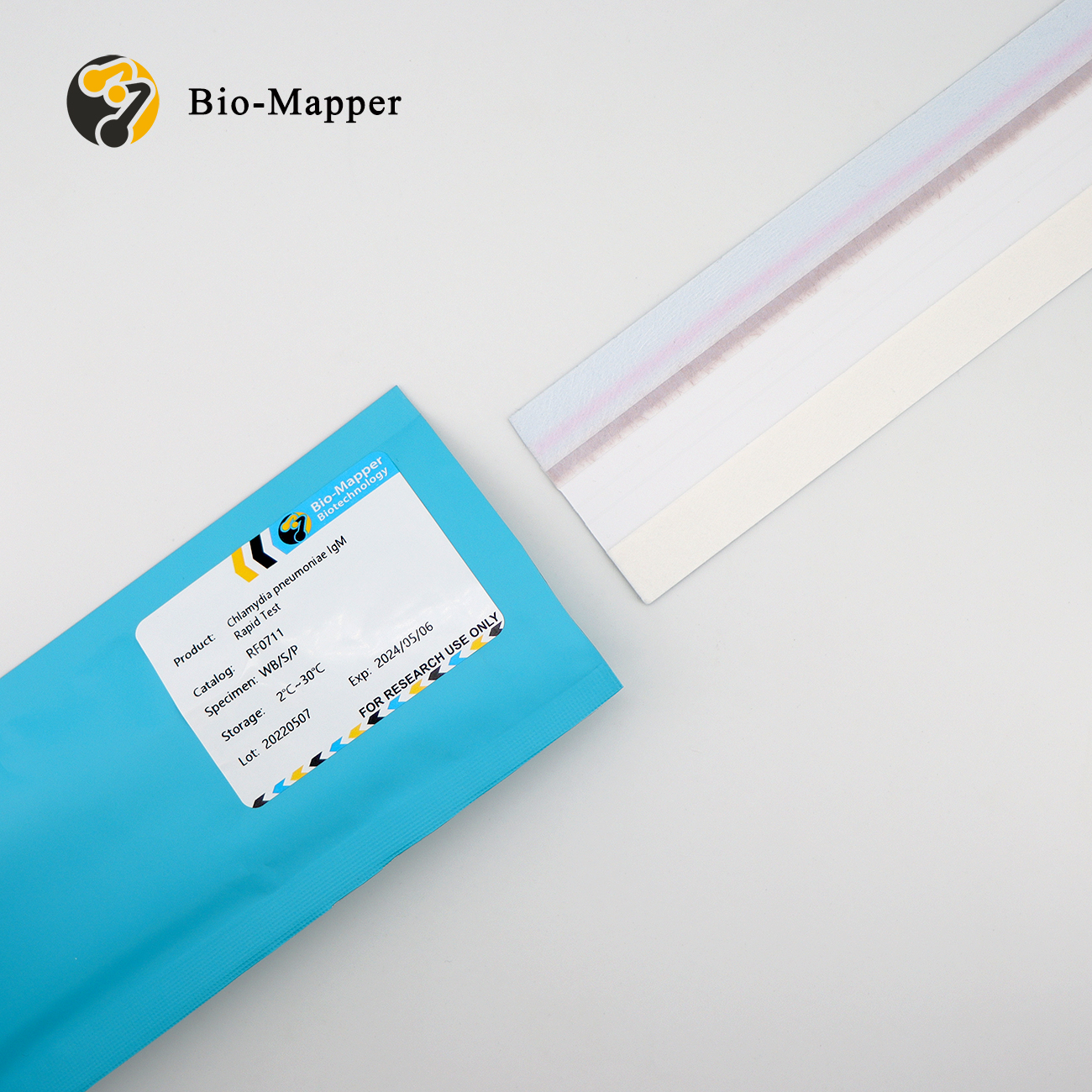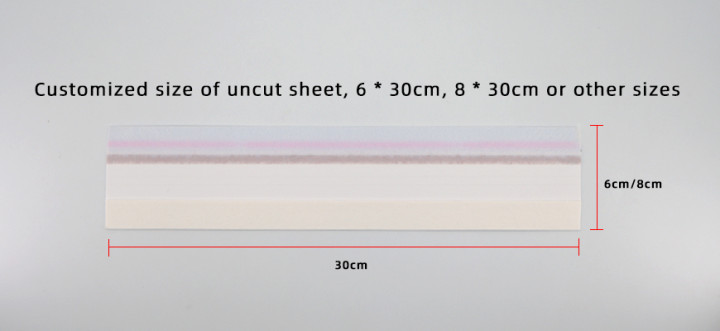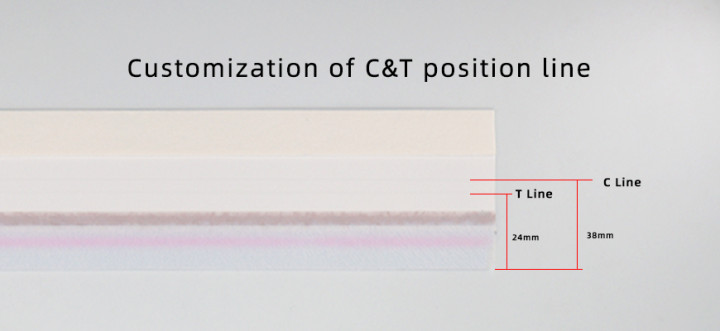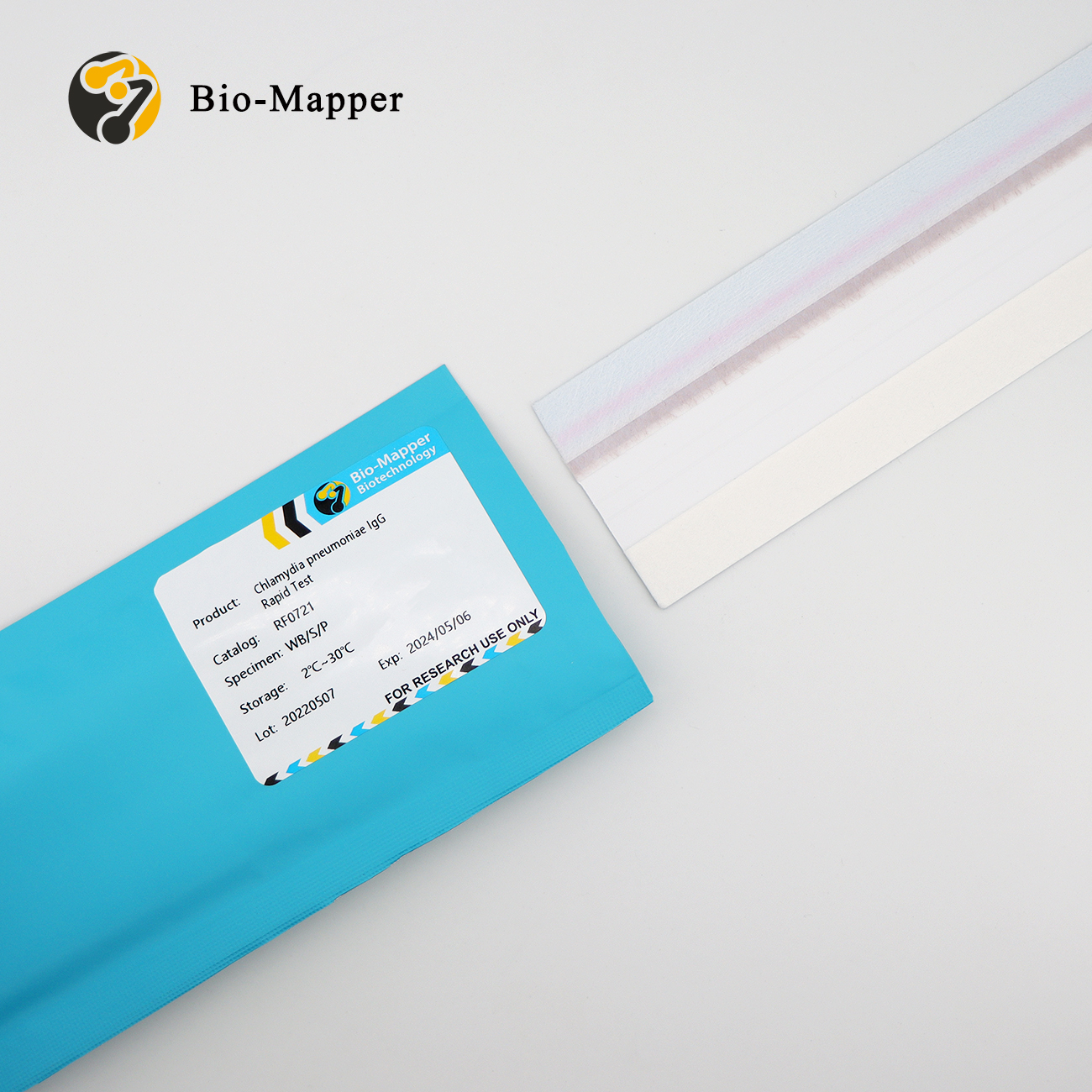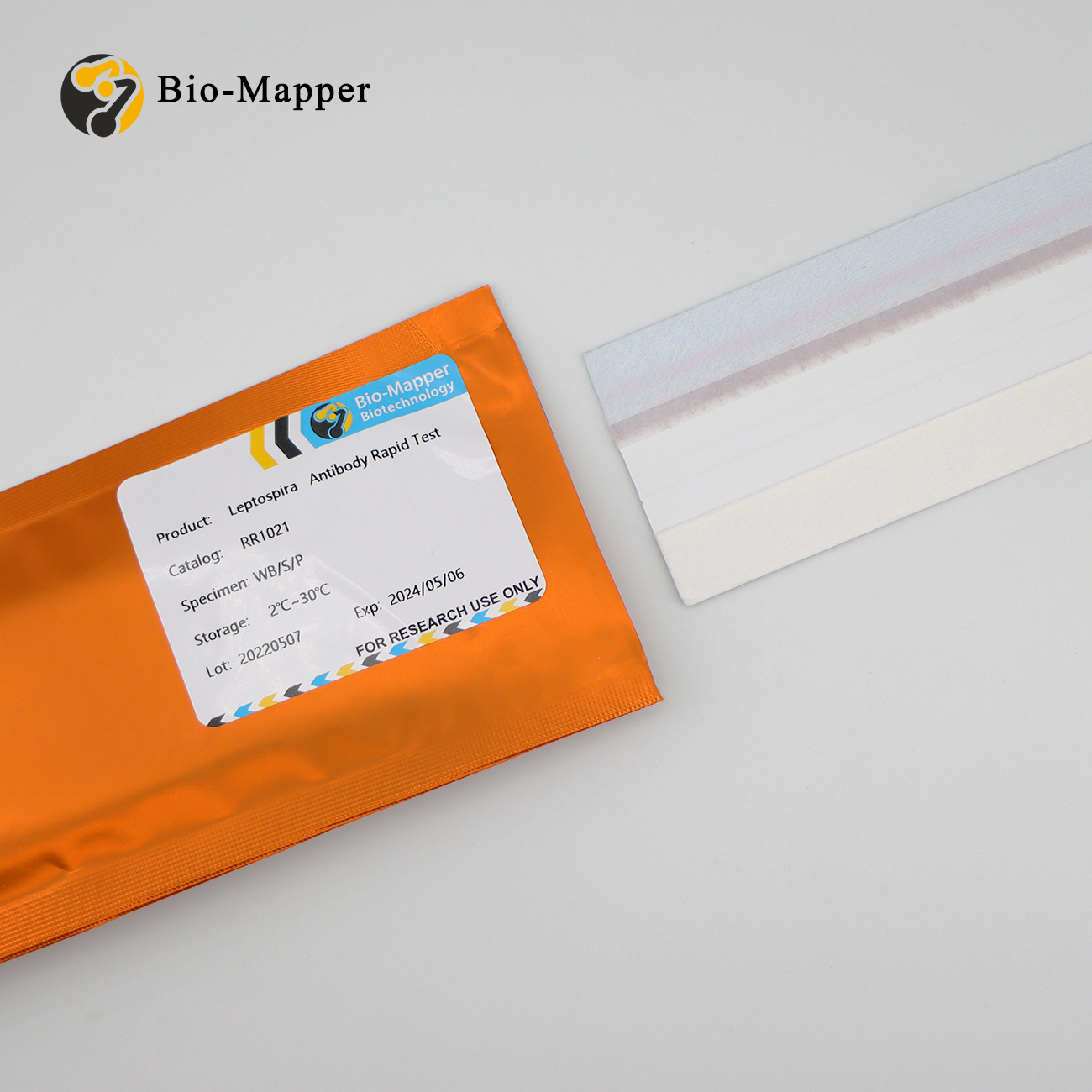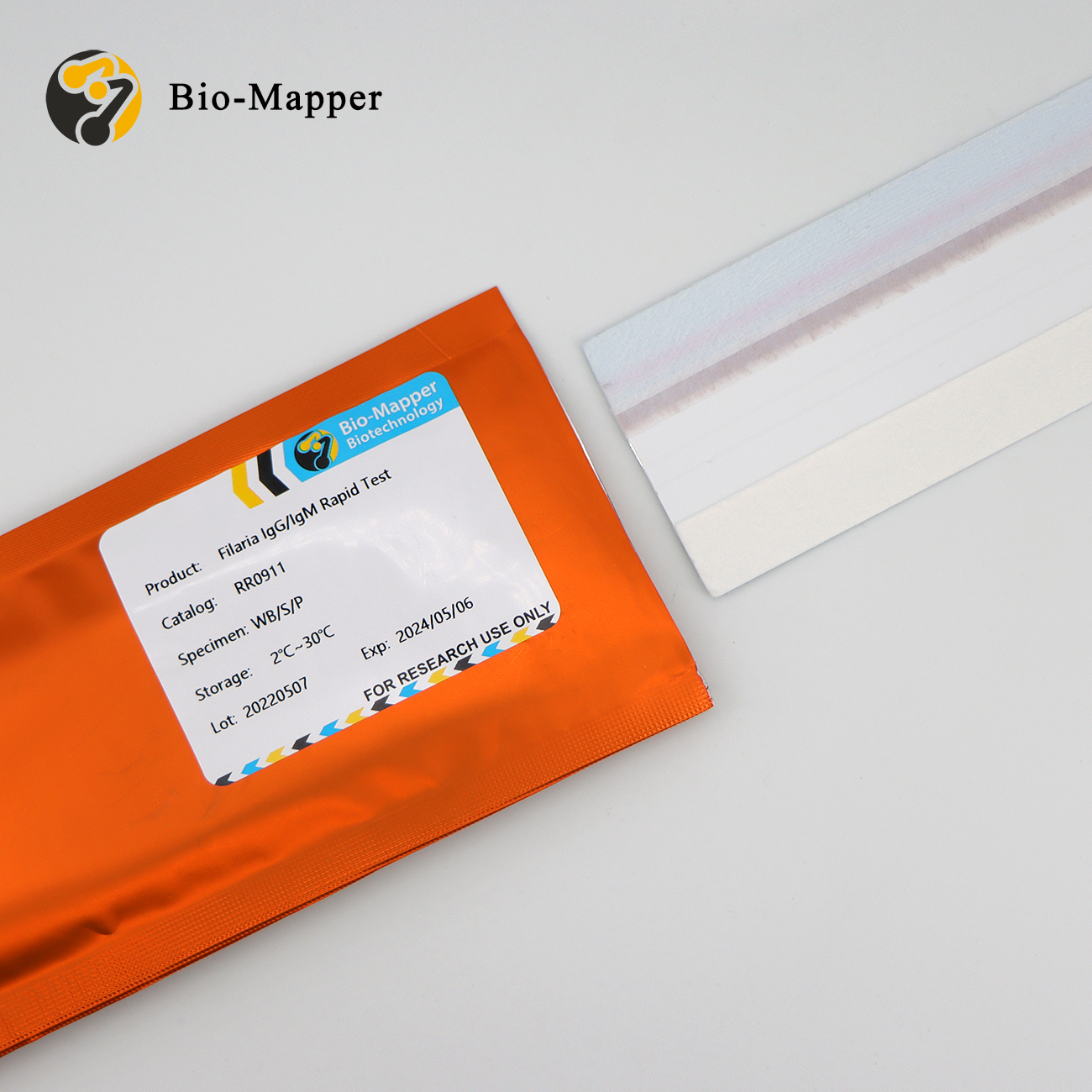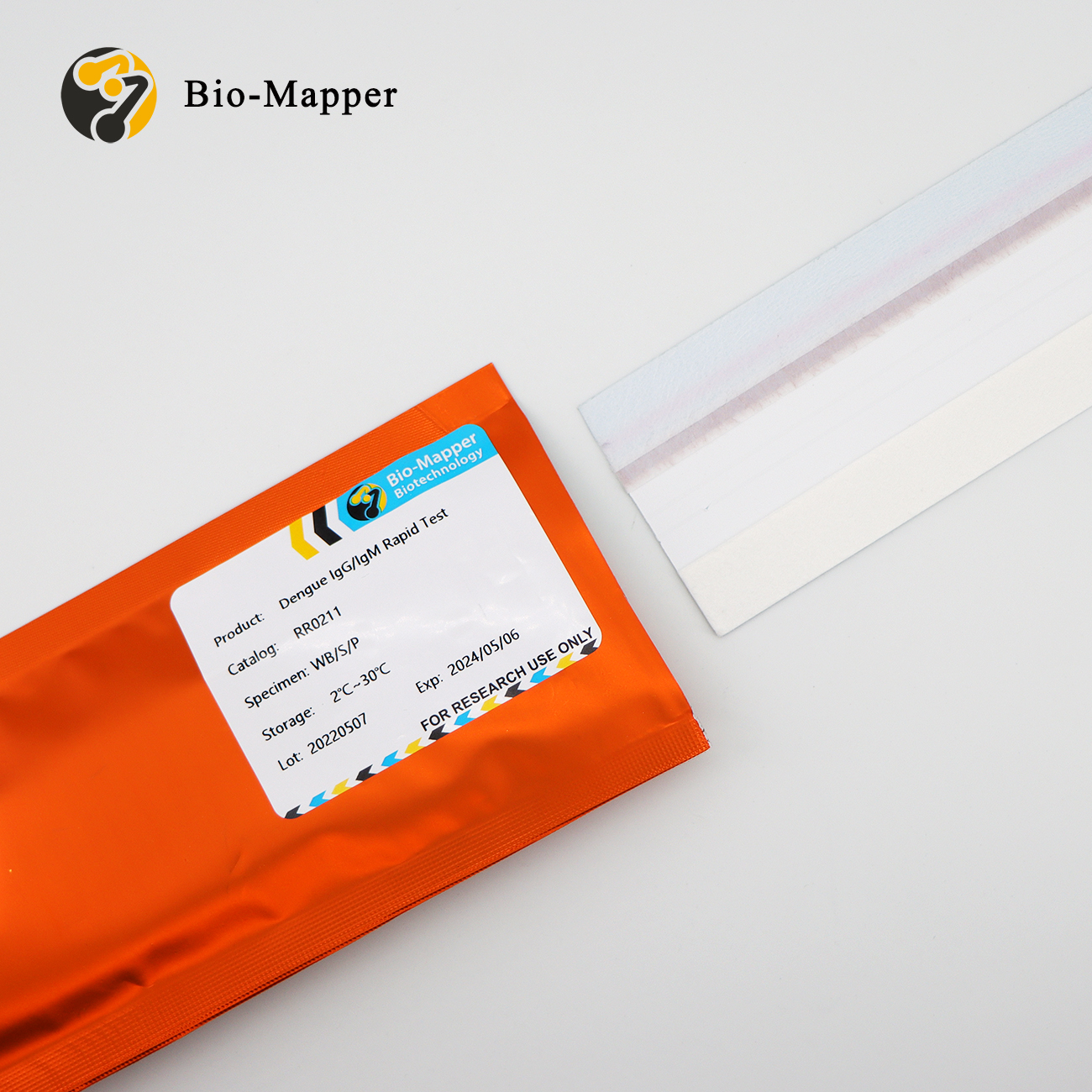Detailed description
Chlamydia pneumoniae (C. pneumoniae) is a common species of bacteria and a major cause of pneumonia around the world. Approximately 50% of adults have evidence of past infection by age 20, and reinfection later in life is common. Many studies have suggested a direct association between C. pneumoniae infection and other inflammatory diseases such as atherosclerosis, acute exacerbations of COPD, and asthma. Diagnosis of C. pneumoniae infection is challenging due to the fastidious nature of the pathogen, the considerable seroprevalence, and the possibility of transient asymptomatic carriage. Established diagnostic laboratory methods include isolation of the organism in cell culture, serological assays and PCR. Microimmunofluorescence test (MIF), is the current “gold standard” for serological diagnosis, but the assay still lacks standardization and is technically challenging. Antibody immunoassays are the most common serology tests used and primary chlamydial infection is characterized by a predominant IgM response within 2 to 4 weeks and a delayed IgG and IgA response within 6 to 8 weeks. However, in reinfection, IgG and IgA levels rise quickly, often in 1-2 weeks whereas IgM levels may rarely be detected. For this reason, IgA antibodies have shown to be a reliable immunological marker of primary, chronic and recurrent infections especially when combined with the detection of IgM.
